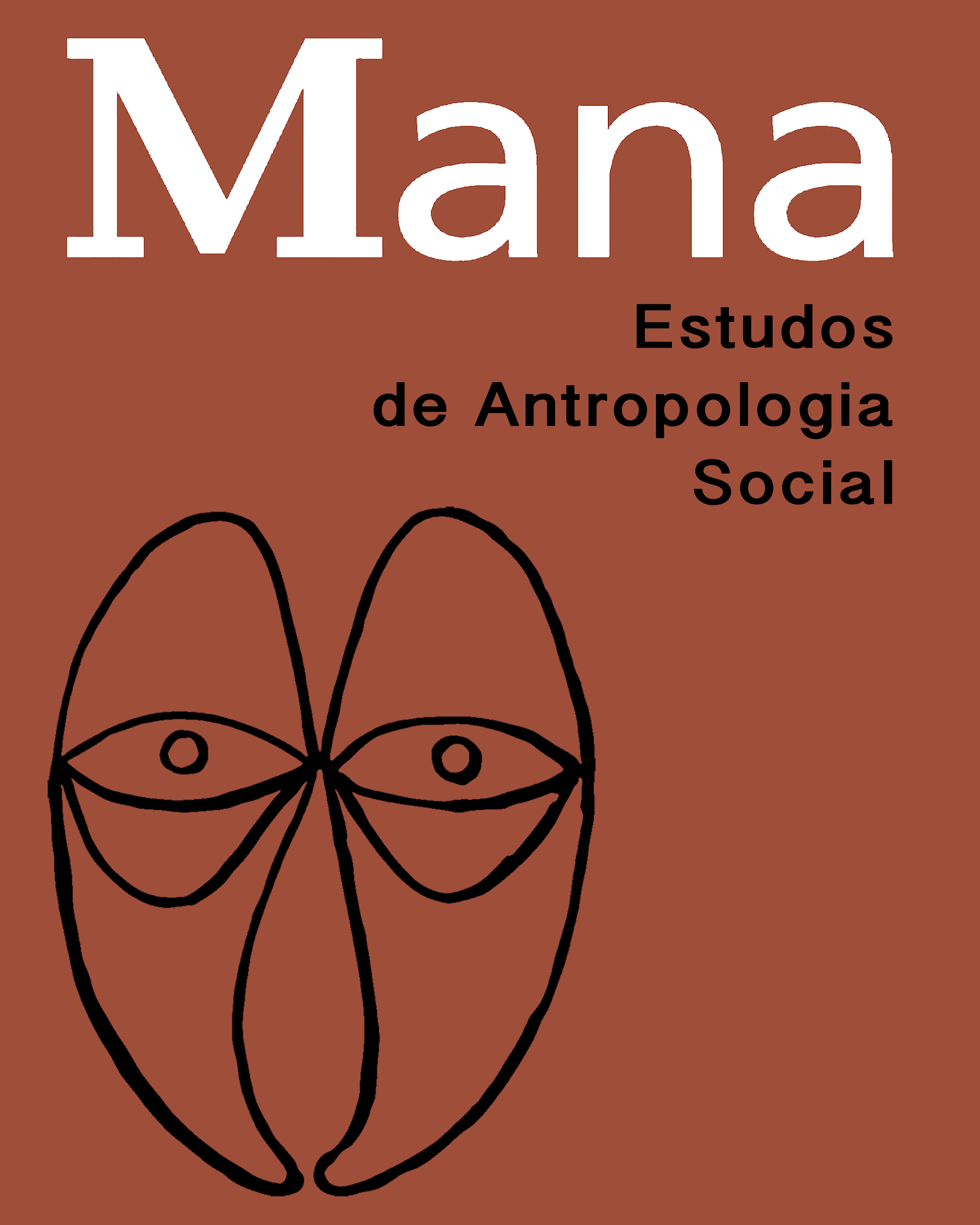The persona of the caboclo or 'mestizo,' represented by mediums during possession, is a central figure in the possession cults of urban Amazonia. Yet the term is also used pejoratively to designate the region's riverine populations. This article aims at understanding the relationship between the invisible and powerful caboclo found in the cults, and the human caboclo perceived as backward. After establishing the specific way in which this category of the invisible world takes shape, the paper turns to folkloric literature and examines the evolution of caboclo's meaning as a designation for a type of regional population. We find that Amazonian intellectuals, softening the term's negative connotations, attempted to use it as the basis for an authentic regional identity. This valorization of the human caboclo combined with the religious prestige of the Northern migrant, a phenomenon which in effect stimulated an increase in the number of allusions to invisible entities designated by the term. However, in contrast to the rest of Brazil where the category caboclo was restricted to a stereotype of the Indian, in Amazonia the category opened itself to a wide range of populations, allowing their identification with it.
